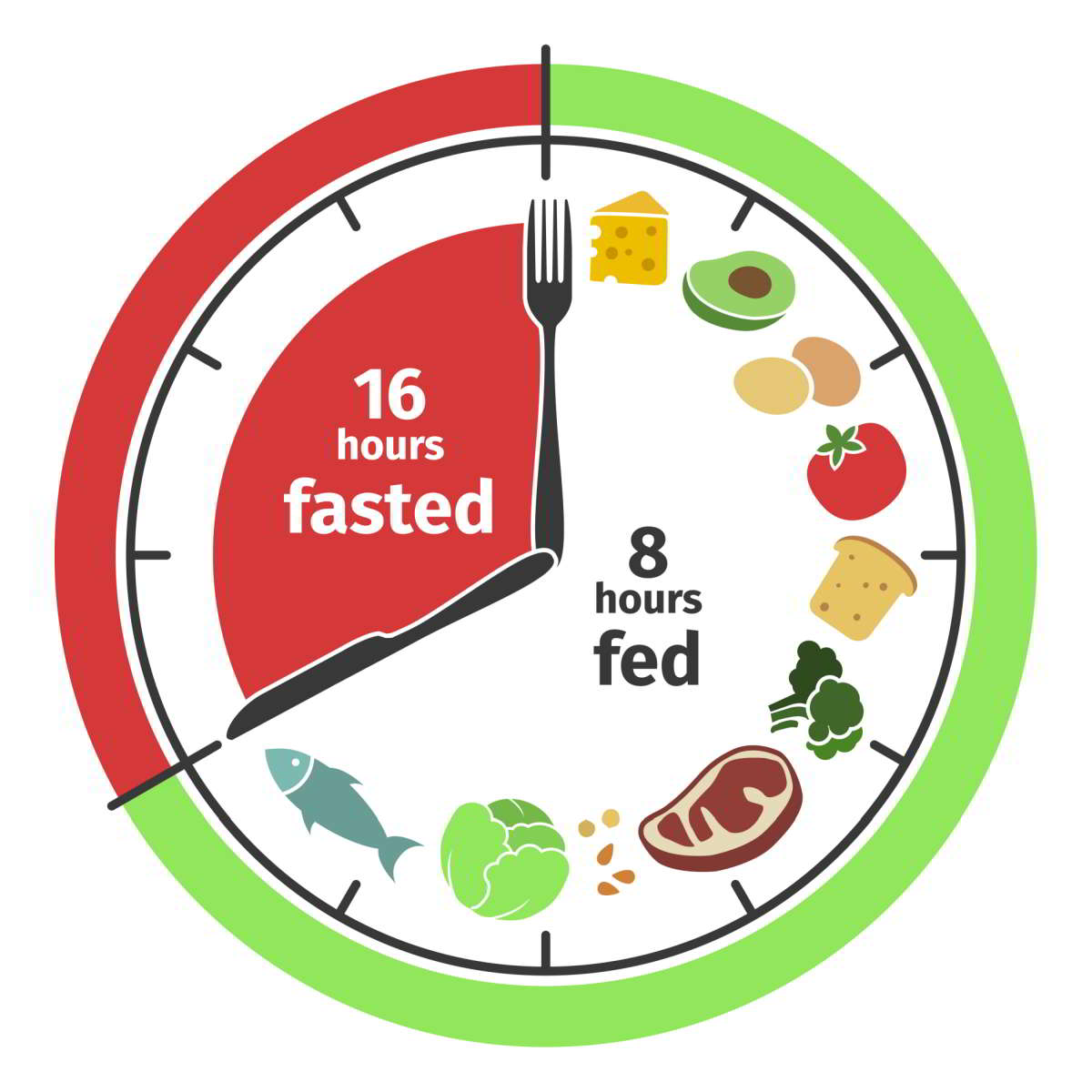Your cart is currently empty!

Intermittent Fasting Basics: Beginner’s Guide
•
Intermittent fasting has gained popularity as a lifestyle approach for weight loss, improved health, and enhanced mental clarity. Understanding the intermittent fasting basics can help you start safely and maximize its benefits. Whether you’re new to fasting or exploring it as part of a healthy eating plan, this guide will walk you through everything you need to know.
Why Walking is the Perfect Beginner Exercise
What is Intermittent Fasting?
Intermittent fasting (IF) is an eating pattern that alternates between periods of eating and fasting. Intermittent Fasting Basics it focuses on when you eat rather than what you eat. Popular methods include:
- 16/8 Method: Fast for 16 hours, eat within an 8-hour window.
- 5:2 Method: Eat normally for five days, restrict calories on two non-consecutive days.
- Alternate-Day Fasting: Alternate between fasting days and normal eating days.
- OMAD (One Meal a Day): Consume all calories in one meal per day.
These methods allow flexibility, making intermittent fasting adaptable to different lifestyles.
Health Benefits of Intermittent Fasting
The health benefits of intermittent fasting extend beyond weight loss. Intermittent Fasting Basics here’s what the research shows:
- Weight Loss and Fat Burning: Lowers insulin levels, encouraging the body to burn stored fat.
- Improved Metabolism: Regulates hormones that affect hunger and energy use.
- Enhanced Mental Clarity: Balanced blood sugar levels can improve focus and brain function.
- Cellular Repair: Promotes autophagy, where cells remove waste, supporting longevity and overall health.
How to Start Intermittent Fasting Safely
Starting intermittent fasting can feel intimidating, but these tips will help you ease into it:
1. Choose a Fasting Method
- Start with the 16/8 method as it’s beginner-friendly and easy to maintain.
- Adjust to other methods like the 5:2 or alternate-day fasting as you gain confidence.
2. Ease Into It
- Begin with shorter fasting windows, like 12 hours, and gradually increase as your body adapts.
- Allow your body time to adjust to extended fasting periods.
3. Stay Hydrated
- Drink plenty of water during fasting hours to stay energized and focused.
- Herbal teas and black coffee can also help curb hunger without breaking your fast.
4. Listen to Your Body
- If you feel fatigued or unwell, shorten your fasting window or take a break.
- Always prioritize safety over strict adherence.
Fasting for Weight Loss: Tips and Tricks
One of the most common reasons people try intermittent fasting is for weight loss. Intermittent Fasting Basics ,here’s how to make it effective:
1. Avoid Overeating During Eating Windows
- Stick to balanced meals with lean proteins, healthy fats, and complex carbs.
- Avoid processed and sugary foods that spike insulin levels.
2. Stay Active
- Incorporate light to moderate exercise, like walking or yoga, during fasting hours.
- Avoid intense workouts until your body adapts to fasting.
3. Practice Mindful Eating
- Chew slowly and savor meals to prevent overeating.
- Focus on hunger cues to maintain discipline and avoid mindless snacking.
Common Intermittent Fasting Mistakes to Avoid
To succeed with intermittent fasting, watch out for these pitfalls:
- Skipping Hydration: Dehydration can lead to fatigue and hunger. Always drink water throughout the day.
- Breaking Fast with Unhealthy Foods: Start your eating window with nutrient-dense meals rather than processed snacks.
- Over-fasting: Excessive fasting can harm metabolism and lead to burnout. Maintain a sustainable schedule.
Fasting and Wellness: Balancing Nutrition and Energy
While fasting, it’s essential to prioritize balanced nutrition to fuel your body. Intermittent Fasting Basics
- Nutrient-Dense Meals: Include proteins, healthy fats, and fiber-rich carbs during eating periods.
- Avoid Extreme Hunger: Plan meals to avoid overindulging after fasting.
- Essential Vitamins and Minerals: Ensure your diet includes enough micronutrients to support energy and well-being.
Tips to Maximize Fasting Success
These strategies will help you get the most out of intermittent fasting:
1. Start Slow and Build Consistency
- Begin with short fasting windows and gradually extend them.
- Consistency over time will yield better results.
2. Plan Your Meals Ahead
- Prepare healthy meals to avoid reaching for unhealthy options during eating periods.
- Meal prepping can simplify your routine.
3. Monitor Your Progress
- Track your fasting schedule and weight loss journey to stay motivated.
- Use apps to log fasting hours, meals, and physical activity.
Conclusion: Embrace the Intermittent Fasting Basics
Understanding the intermittent fasting basics is the first step toward achieving weight loss, improved metabolism, and better mental clarity. By starting with manageable methods like the 16/8 plan, staying hydrated, and maintaining balanced nutrition, you can make fasting a sustainable part of your lifestyle.
Whether your goal is to lose weight or enhance overall wellness, intermittent fasting offers a flexible and effective approach. Take your first step today and discover the long-term benefits of this powerful health strategy!
